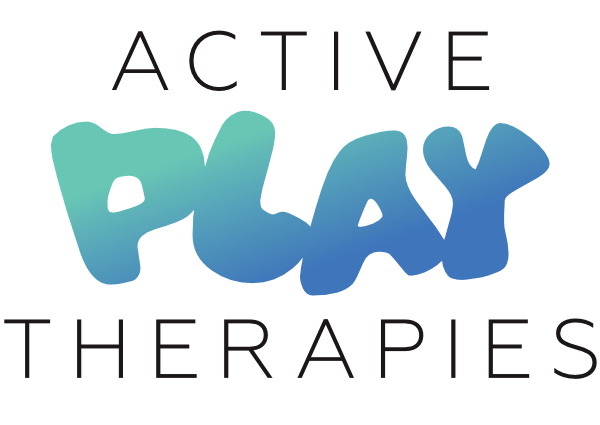Thoughts From a Therapist: The Role of Gaming in SI Sessions
Originally published on Sensory Integration Education on 19 January 2024.
In this month’s Thoughts From a Therapist article, Anna Willis, Occupational Therapist and Advanced Practitioner in Sensory Integration, looks at the role of gaming when planning Sensory Integration (SI) sessions for her younger clients.
Phew – the December chaos is finally settling into January freshness. I love Christmas but I also love the sense of a new start that the month of January brings. I have some exciting things coming up that I am looking forward to writing more about soon! However, for this month’s blog, I’ve been thinking about the role of gaming.
Screen time is such a divisive parenting issue. Sometimes it feels like it should be heavily policed and limited, with all sorts of scary stories about what too much screen time can do. However I’d like to speak up for gaming as a meaningful occupation.
As an OT, looking at children’s meaningful occupations is obviously a Big Thing I Do. So often, when I ask children now what they like playing, I’ll get a list of video games they play on an iPad, Switch, Xbox or Playstation. Old me would always be surprised as I’d be expecting a list of things such as ‘hide and seek’ or make-believe games! Mostly I have to go away after the sessions and Google all of these games.
When planning SI sessions and wanting to create fun, immersive play themes for children to fully want to engage in, I like to find characters and themes that link to their current interests, and often, this is game-based. A lot of children initially struggle to use their imaginations and motor skills (typically part of a larger picture of why they are coming to SI anyway!) to join in, but it does create a wonderful springboard into adventures in the SI room.
Another side to gaming is the social connections. A lot of the children I see struggle with friendships face to face but when wearing a headset, immersed in a game they love, speaking to others who love and understand the game, they can connect in a way that doesn’t happen so easily. There’s no pressure for eye contact or to read body language. There’s a shared special interest already, with very clear topics to talk about – the missions being completed on the game!
There are clearly issues that need addressing, such as age limits, risks of speaking to strangers and the addictive nature of some games. However, in moderation and with proper safety nets in place, gaming holds a special role for some children to be able to access a playful side of themselves and also connect with others. If you don’t already – why not research your clients’ gaming interests and see if you can wind it into ASI!
Warmest regards
Anna Willis
Thoughts From a Therapist is a regular series written by Advanced SI Practitioner Anna Willis about something that piqued her professional interest or inspired her in some way over the last month. Anna, an occupational therapist and owner of Active Play Therapies, has over ten years of experience working with children and adults with a range of learning disabilities and autism.
